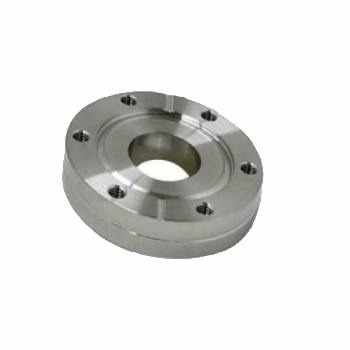
In the fields of science and engineering, several research and industrial techniques depend on the creation of controlled surroundings. A high vacuum chamber is one such controlled environment since it enables exact gas and pressure manipulation. In disciplines including material science, electronics, even space travel, these chambers are indispensable. Realizing the value of a vacuum chamber in contemporary technology and research requires knowledge of its uses and capabilities.
What Is a High Vacuum Chamber?
Usually achieving pressures as low as 10-7 Torr or less, a high vacuum chamber is intended to create a far lower tension than atmospheric pressure. Many delicate processes, including thin-film sediment, surface analysis, and particle physics analyses, depend on this low-pressure environment. A high vacuum chamber calls for worldly-wise pumps and sealing methods to sustain extreme vacuum conditions, unlike conventional vacuum chambers. These chambers allow exact control of the contents and reactions among them.
How Vacuum Chambers Operate
Eliminating the air and gases within a sealed environment helps a vacuum chamber operate. The air is evacuated by means of a sequence of pumps, therefore lowering the chamber's pressure. Conducting tests where the presence of air or other gases could compromise the outcomes would find this empty setting perfect. Various businesses use these chambers for manufacturing, testing, and research needs; they create a regulated environment that guarantees consistency in the findings.
Applications of High Vacuum Chambers
A high vacuum chamber is mostly used in semiconductor fabrication. Production of microchips and other electronic components depends on a vacuum to guarantee accuracy and purity throughout material deposition. Furthermore vital in scientific study, especially in the domains of physics and chemistry, are high vacuum chambers. Particle acceleration, surface analysis, and material characterization experiments mostly depend on the controlled conditions inside these chambers.

Importance of Maintaining a Vacuum
The efficacy of vacuum chambers depends on their ability to remain constant. The result of an experiment or industrial process may be substantially influenced by even the smallest change in pressure. Extreme conditions are taken into account in the design and materials used in the building of a high vacuum chamber, therefore guaranteeing that the chamber stays leak-proof and operational over extended times. To guarantee the best performance, engineers and scientists have to take great care of the integrity of the chamber and its parts.
The Technology Behind Vacuum Chambers
Over the years, the technology applied in vacuum chambers has developed dramatically. More dependable and efficient chambers result from developments in sensors, sealers, and vacuum pumps as well as materials. Advanced capabilities include automated controls, temperature management, and real-time pressure monitoring abound in modern high vacuum chambers. These developments have rendered vacuum chambers absolutely essential instruments in manufacturing facilities, research labs and even space projects.
Conclusion
To sum up, it is impossible to overestimate the importance of a high vacuum chamber in several sectors and scientific uses. These chambers offer regulated surroundings required for low-pressure experiments. The website vacuumchamber.com provides insightful analysis and products for people who are either buying or learning more about vacuum components. Both high and low vacuum chambers are essential for continuous innovation since their accuracy and dependability help to progress science and technology.








Write a comment ...